Rattlesnakes: What You Need to Know
Rattlesnakes are venomous reptiles commonly found in warm, dry areas, including southwestern Canada, the United States, Mexico, much of South America, and also Central America. If you live in one of these areas, it’s possible to come across a rattlesnake at some point. It’s essential to understand what these snakes are like and how to avoid getting too close to them to protect yourself from a painful, life-threatening bite. When they feel threatened, these reptiles are more likely to attack.
Rattlesnakes: What You Need to Know
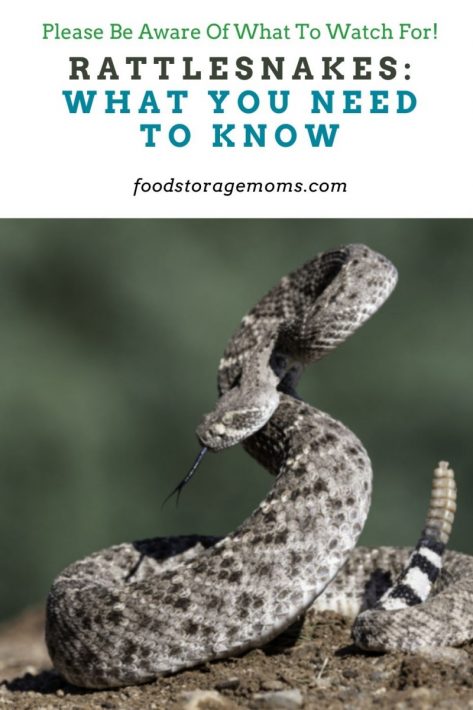
Where Do Rattlesnakes Live?
While rattlesnakes live in different parts of the world, some varieties inhabit much different types of locations than others. They’re often found living in deserts, grasslands, and swamps. These areas are ideal for the rattlesnakes because they can blend in with their surroundings and hide out until they find their prey. They also use their ability to blend in with their surroundings to protect themselves from predators in the wild.
What Do These Reptiles Look Like?
Rattlesnakes are long, thick creatures that slither their way around on the ground. They might look harmless, but their venom is what makes these creatures powerful and dangerous. In some cases, these snakes are over six feet long.
Different species of rattlesnakes exist, meaning some may look different from others, making it a bit more challenging to identify them. However, it’s common for these snakes to have olive, brown, or black scales with a diamond-shaped pattern throughout the body.
Although the diamond-shaped design is typical, not all rattlesnakes have it, and some will have random markings and patterns on their body instead.
What Does a Rattlesnake Eat?
When living in the wild, rattlesnakes typically eat rodents. They enjoy feasting on mice and rats, but might even consume small rabbits and assorted insects if they’re dealing with slim pickings.
It’s also possible for the rattlesnakes to eat other reptiles, such as small lizards. However, the rattlesnake takes a different approach to capture its food. These reptiles stay in place while waiting for the opportunity to sink their teeth into their prey.
In addition, it’s normal for them to blend in with the dirt and foliage around them, making it harder for their prey to realize what is about to happen.
Once the snake captures its prey, it sinks its teeth into it, ultimately paralyzing with its venom the rodent or insect it’s consuming.
Rather than chewing the animal or tearing it up into pieces, rattlesnakes swallow their prey whole. It may sound complicated, but it’s a way of life for these venomous creatures.
Will a Rattlesnake Bite Someone Right Away?
Just because a rattlesnake knows how to bite and has venom that can easily paralyze rodents, insects, and other reptiles, doesn’t mean that it’s going to bite a person right away. Sometimes, the rattlesnake intentionally bites a human being only because they’re afraid. They use their biting power as a defense mechanism.
Some people believe that rattlesnakes make noises before they bite humans as a warning sign. While it’s true for some snakes, it doesn’t always happen. A rattlesnake could bite someone without making so much as a sound. And, some rattlesnakes naturally make more noise than others, so you never know what to expect when dealing with one.
What Happens If One of These Snakes Bites a Human?
If a human sustains a bite from a rattlesnake, they must seek immediate medical attention. The venom can quickly cause internal hemorrhaging, ultimately putting the victim’s life at risk.
Unfortunately, people can die from these bites! It can take as little as six hours for someone to pass away after sustaining a bite from one of these venomous snakes, but it can take up to 48 hours in some cases. It’s for that reason that anyone who sustains a bite should head over to an emergency medical center to receive treatment.
If adequately treated for the venomous bite, the patient has a much greater chance of surviving.
When the bite first occurs, the individual may experience excruciating pain and swelling around the area of the body experiencing the bite. The person with the injury should sit down, breathe in and out, and remain calm while emergency personnel is on their way.
Standing up, moving around, and getting into a panic could make the situation worse. It’s easy to panic when something so serious happens, but it’s important to try to stay as calm as possible for survival.
I asked Matt (our friend in our comment forum) how to respond to a rattkesnake bite:
Most of you know Matt, he has served our Country and is now a retired police officer. I sent him an email because he has so much experience in the outdoors, not just in the Army or the Police Department, but he knows how to survive, literally. I quote our friend Matt,
“Remove any tight clothing as the limb will swell and transport them to the hospital ASAP.
Keep them as calm and temperate as possible. Watch for vomit if they pass out so they don’t choke.
If you think you can kill the snake safely, do so. And if you can transport it safely with the bite victim, do so as well.
Try and get the head and as much pattern on the body as possible for identification purposes.
For most folks unaccustomed to this approach, take some good quality pictures as they will usually suffice.”
He mentioned this as well: “I know there is tons of info on sucking the poison, cutting the bite, and shocking with jumper cables, but I’m not going to get into it. Those are a choice. Neither one of us want to go here.” Thank you, my friend.
Is It Possible to Have a Rattlesnake as a Pet?
Snake lovers looking for a challenge may wonder if they’re allowed to have a rattlesnake as a pet. However, these reptiles don’t make good pets. In most places, It’s illegal to attempt to own them or breed them to keep them at home. One of the reasons it’s not ideal to have a rattlesnake as a pet is its toxic venom that poses a risk to anyone around the reptile.
Even if you’re willing to take good care of the snake by providing it with a comfortable and spacious tank as well as food for it to eat, it could still end up biting you and putting your life at risk. These reptiles are better off living in the wild, where they can hunt for prey and slither around with the freedom to go where they please.
What to Do If You See a Rattlesnake Near You
Please respect the rattlesnake’s privacy, follow the trails if you are in a park or another area for hiking.
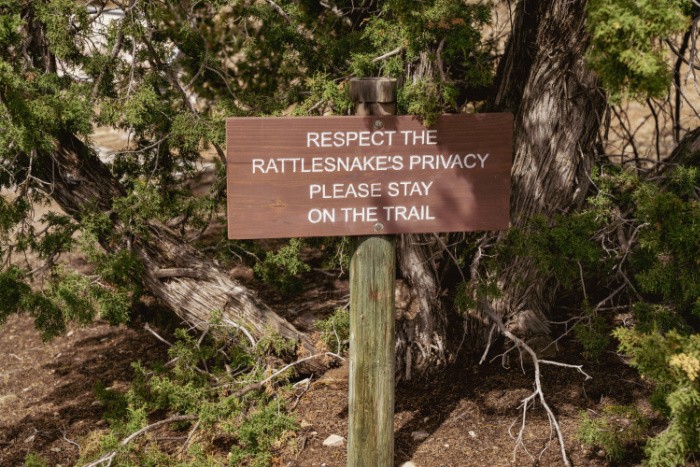
If you see a rattlesnake within close distance, try to stop what you’re doing. Don’t get any closer to the snake. If you move, the snake could quickly bite you because it may feel threatened.
Try to stand still and hold your position until it slithers away. Move slowly to get as far away from it as possible. Don’t make fast or sudden movements that could jolt the snake, causing it to bite.
What are some safeguards for kids and pets?
If you live in an area that might have rattlesnakes living close by, or you like to take hikes with family members and pets in locations known to have them, be sure to take some precautionary steps to protect both kids and pets. Your kids should be shown some pictures of commonly seen rattlesnakes so they can recognize them when seen. Better yet, take them to a zoo where they can see them firsthand.
Take the time to explain how to react if they see or hear one close by. Explain that small snakes can be just as dangerous as adult snakes.
Mark has a friend with a second home in Arizona. He loves to hike and his Australian shepherd goes with him most every time. He hadn’t seen any rattlesnakes while hiking, but heard they were fairly common. He decided to sign his dog up for some rattlesnake training. The main focus of the training was for the dog to learn to recognize the rattle sound and quickly retreat. The dog was also introduced to live snakes in cages so it could experience the smell.
Final Word
Rattlesnakes are dangerous reptiles that live in different places around the world. They often spend time lingering around in the desert and throughout forests. These venomous snakes are worth avoiding because their bites can cause significant pain and swelling that leads to death. If you ever come across one, try to get away from it! May God Bless this world, Linda
Copyright Images: Western Diamondback Rattlesnake AdobeStock_221365874 by Tom, Warning Sign For Rattlesnakes Privacy AdobeStock_440855684 by MelissaMN

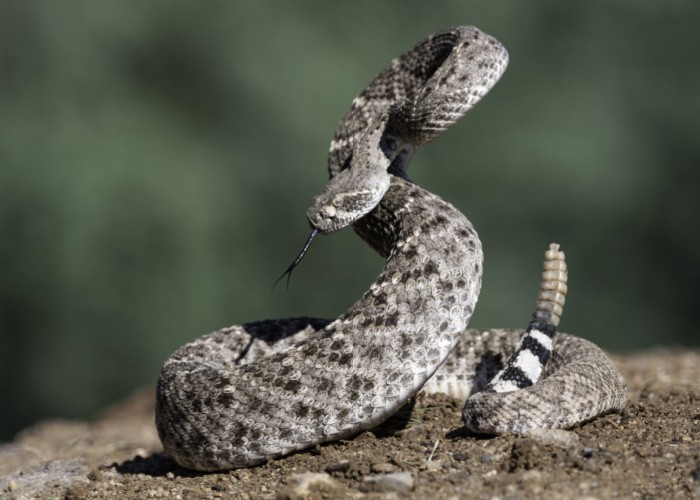











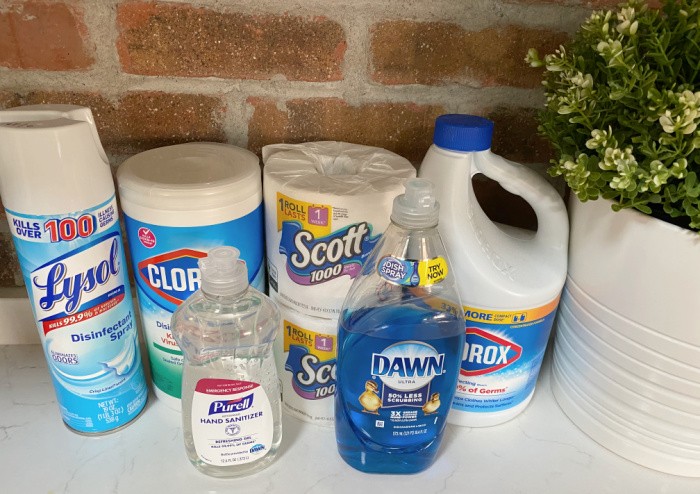
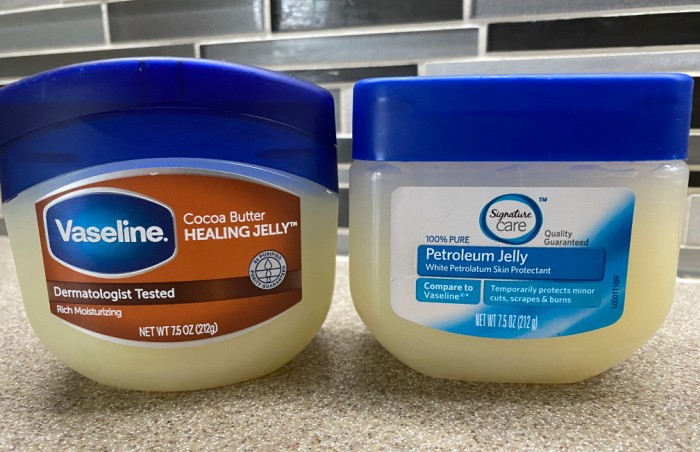



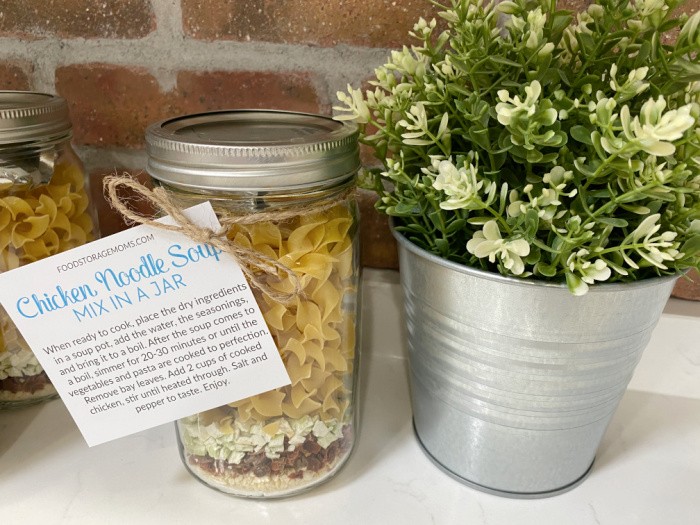
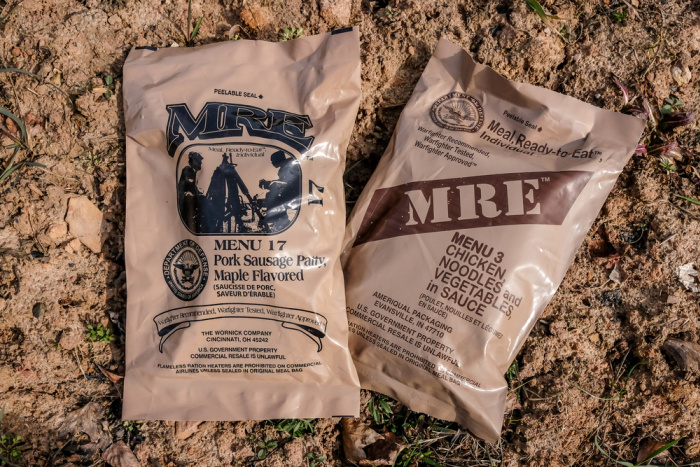


Linda,
As someone who has spent their entire 72+ years in rattlesnake country and have killed more than my share of them, Matt is spot on with the information he provided. Nothing you can do in the field can suffice for rapid transport to a medical facility. And, most of these folklore treatments would just slow down such transport to medical care.
Hi Harry, oh my gosh, thank you!! I did not know Texas was rattlesnake country!! Oh my gosh! Mark saw one on the golf course here in Southern Utah but thankfully we haven’t seen any in our yard!!! I know they suggest getting dog rattlesnake vaccinations here, I have not done that! Linda
Linda:
Something that you did not mention is that if you can shoot a rattlesnake in the head and you don’t have any protein to eat then you can cut the head off and clean the snake, cook it and eat it. I am not sure what I would do in that type of instance but I know eating rattlesnake is big in Texas. They say it taste’s like chicken but I am not sure I would want to try eating it. Just something preppers and survivalists need to know if they are between a rock and a hard place. I would search the internet before that would happen to see how to clean and cook the snake before it is necessary to do so.
Hi Jackie, oh my gosh, I’m with you, not sure I could eat it. BUT, like they say if we are hungry enough….LOL! They taste like chicken, interesting! Thank you, Linda
Well, the biggest one I ever killed was years ago in South Texas, a Diamondback that was 6’3″ long with fourteen rattles. I did shoot it in the head, but since we had plenty protein to eat, I did not dress it. With their skeleton and shape, they are a real chore to dress out. At that time, chicken was very inexpensive. LOL!
Hi Harry, yeah I would have gone for the cheap chicken back then as well!! LOL! I can’t imagine seeing a snake that BIG!! I don’t care if it was coiled up or not, that’s HUGE! Fourteen rattles, oh my gosh! Can you imagine how long it would take to skin that snake? Oh my gosh! Linda
You can eat bout any snake. I’m not able to tell the difference in the meat between them. I’ve eaten several varieties. It’s not bad. We have Rattlesnake Festivals round here and you can try a little at them to see without going through the dangers
Hi Matt, oh my gosh, like Costco! Samples of snakes…..Oh my gosh! I have the giggles, picturing the people tasting them!! Linda
We have timber rattlers here. Plus water moccasins, and a few others. We did see a black and red striped snake in the yard once. We never did find out what kind it was. I stay away as much as possible. I don’t like snakes at all!
Hi Deborah, yeah I’m not fond of rattlesnakes or any snake for that matter! LOL! Linda
I’ve lived in Texas cities (not out in the country) my whole life and snakes can be anywhere. I know someone who has her washer and dryer in her garage. One day she opened the cabinet above her washer to get some laundry detergent and a rattler was sitting there looking at her! In the upper cabinet! Scared her so much she got a shotgun and killed it. This is in a city of 79,000 people so yes, snakes can be anywhere. I also saw online where snakes can crawl up into children’s outside toys. So it’s a good idea to check outside equipment and toys each spring no matter where you live! Also remember baby snakes can bite, they are not to be played with. Some baby snakes are hard to identify – they could be harmless or venomous. And where there is a baby snake there is a bigger momma snake somewhere! I know snakes can be beneficial – eating rats and mice, etc. but I’ve always believed any snake close to my house has got to go. I was never comfortable in my ability to correctly identify good from bad snakes so I always went with “better safe than sorry” particularly when children are around. I don’t want to make it seem like Texas is crawling with snakes – I’ve only had to deal with 2 snakes in my yard my entire life and one of those was a baby.
Hi Kay, I have to agree with you, better safe than sorry on any snake. I will stay clear. I did hear someone found a rattlesnake in the garage next door years and years ago. I’m glad I have never seen one in my garage. I do not like snakes. LOL! Linda
Linda,
We live in rattler country where we have Mohave Greens, the deadliest rattler in the world. They can be aggressive, but if you make noise while hiking will almost always leave you alone. Swift medical attention is the ONLY proper way to treat a rattler bite, so transport the victim swiftly. Never cut and suck as if you have a sore in your lips or mouth or a cavity you’ll get poisoned too.
Decades of backpacking, camping, fishing, etc., taught me a profound respect for snakes of all kinds. It’s best to leave them all alone.
Young rattlers are more deadly than older, larger ones because they have not yet learned how to regulate how much toxin they inject with each bite. So if you get bit by a young one you’ll get a much larger dose of poison–be sure to mention that to the treating physician so they can give you the proper amount of anti-venom.
There is a rattlesnake vaccine for dogs and it’s a good idea to go along with avoidance training.
I can attest to the fact rattlesnake tastes like chicken.
Linda,
One more thing. Rattlesnakes of one type or another exist in every State in the continental US–don’t know about Alaska or Hawaii.
I have always heard there were no snakes in Hawaii but there are; a nonvenomous snake that looks like an earthworm. However, people have been having all kinds of snakes as pets and such and now they have boas and other types around. Darn humans! I googled Alaska and they do NOT have snakes…too cold??
I live in Nevada so we’ve got scads of snakes, the good, the bad and the ugly kind. I have heard a wives’ tale that having pigs/hogs keeps snakes away as they kill them. Is it true? I don’t know. All I do know is I’m scared to death of snakes and spiders and don’t want to see any of either of them!
Robbie,
Hogs will eat almost anything so that old wives tale is probably true. But they you’d have to put up with having hogs roam around your place and they are destructive as all get out and will crap over everything. Plus they can be mean, and you really don’t want to get bit by a hog.
Oh, I’ve heard the same thing about chickens, but who wants chicken poop all over the place. My birds are confined to a coop and a run.
It has been my experience that snakes only bite when they feel threatened so make noise when you walk or hike. Use a stick to move the ground obscuring leaves of garden plants such as squash before you reach in to pick those veggies. My wife is afraid of snakes too, but if you use common sense (and maybe have Roadrunners and Kingsnakes around like we do) you shouldn’t have a problem.
Hi Ray, oh that’s good to know, we have roadrunners here!! Linda
Hi Ray, this is good to know, we do need to be aware of what’s around us! Linda
Linda:
I used to watch a cooking show with barbecue chefs and I saw one show where the rattle snake was fried, Barbecued, and grilled. One of the judges refused to eat it. He tried and it almost gagged him and he spit it out so we aren’t the only ones who won’t eat it. I won’t eat bugs ether. They say they are good to eat but forget it. I’ll go vegetarian by eating beans instead of those things. I know the Good Lord said we could eat certain insects in the book of Exodus but I think I would rather eat Pinto Beans and I am not one to eat pinto beans unless their in chili
Hi Jackie, oh my gosh, you are my kind of woman! I will for sure be a vegetarian! I hope I never have to eat snakes, ants, bugs, insects! I know this is why the Good Lord blessed me with 4 daughters, they only wanted dolls to play with! LOL! Linda. P.S. I love pinto beans!
Hi Linda
We have rattlers here in SE Utah and my policy has been to leave them alone. When I was in my early 20’s (I’m 59 now) I was out in the sagebrush hunting mourning dove near an old stock pond. The dove would come in for water in the evening and it was a great hunting spot. As dusk approached, my Labrador retriever and I started heading back through the sagebrush to my truck. This would have been in September when it gets pretty cool at night. We came upon a rattler that had been sunning itself in the sagebrush before it got cold. It dropped to the ground and started rattling. It had gotten so dark I could barely make it out on the ground and I would have taken a different path. But the lab went nuts and started bolting towards the snake and the snake did what it is supposed to do and got aggressive. I had to shoot it with the shotgun. I gave it two shots and killed it. I decided I wanted to keep the rattle. It was so dark by then so I was more feeling on the ground than using my eyes but managed to pick up the half end that had the rattle on it. We made it back to the truck and went home, with the snake in the bed of the truck. At home I cut off the rattle and skinned and cleaned it what was left of the snake. I cooked it in a pan with some butter and it was not bad! Not much meat though. Little did know then that the head can still bite even hours after the animal has been killed (reflex reaction?). Had I known that I would have gotten the hell out of there. True story!
Hi Tom, oh my gosh, this is the best story EVER! I have the giggles!!! I LOVE LOVE LOVE stories, you made my day! Linda. (I’m glad it didn’t bite you)
My attitude on snakes is the only good snake is a dead snake. That goes for a lot of other things that we have here in the New Mexico dessert.
Hi Jackie, I have to agree with you! Thank you, Linda
Hi Linda,
Yes, lots of snakes in Texas! I am in the Hill Country and have seen my share. I was concerned about my Border Collie after she had a bad reaction to the rattlesnake vaccine. Luckily I was able to find an avoidance course for her with a booster course the next year. That was 5 years ago. Last year a snake appeared on my patio and she bolted upside down to get away from it! I am a believer now!
Sure enjoy all of your newsletters!
Jan
Hi Jan, thank you for your kind words, that means a lot to me. I can’t imagine seeing a rattlesnake on your patio, oh my goodness!! I love the people in Texas, oh boy do they know how to welcome people, cook, and bake! My grandparents lived in Arlington, Texas before they went to a care center and passed away. Their church and neighbors prepared a meal I will never forget after each of their funerals a few years apart, it was amazing. That was at least 30 years ago. They called me “sugar”, and another term, that made me smile from ear to ear. They are so friendly, Linda
When I was a kid, around 12 years old, myself and a friend used to roam the local hills and catch rattlesnakes to sell to the U of Utah for a few extra dollars (They were doing some sort of research) At least until someone else found a “nest” (we were told) and ruined our little venture. Now, having moved to the south, I just get the annual migration of baby copperheads (and an occasional adult … they’re too quiet). I miss those old collection hikes. Ah well, just dropping an anecdotal memory. Good times.
Hi Leam, oh my gosh, my husband graduated from the U of Utah! He used to climb those same hills I bet? Was it above the avenues? You really did have quite the venture to make money catching those! Thanks for sharing your story, I love hearing stuff like this!! Linda
Our cabin is in an area which is pretty much “infested” with them. The area is their perfect habitat. So we’re accustomed to seeing rattlesnakes all the time. We never kill them, but certainly have a healthy respect for these creatures.
Given we’re around them a lot, we carry Benadryl & prednisone (steroid) in case a human or our dog is bitten. Both should immediately be given with Benadryl dosage being 1mg per lb of body weight.
Then immediately get to the nearest medical care facility, which in our case is not close by! Lol.
Our dog also gets a yearly rattlesnake/copperhead vaccine. Sure wish they offered these to humans!
Hi Amy, wow, that’s good to know, thanks for the tips! Thank you!!! Linda